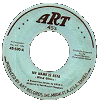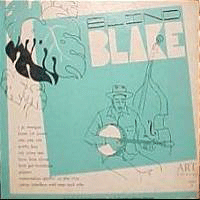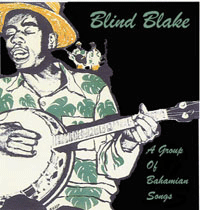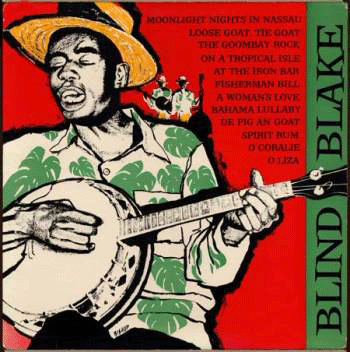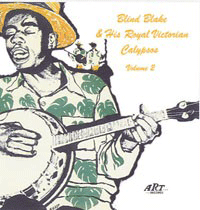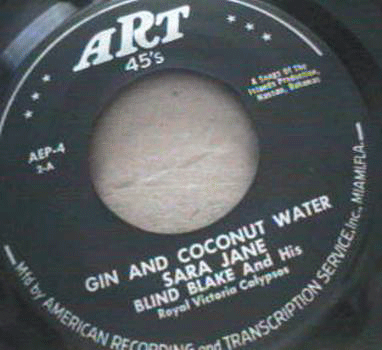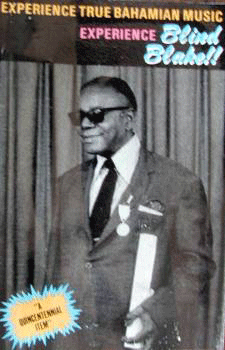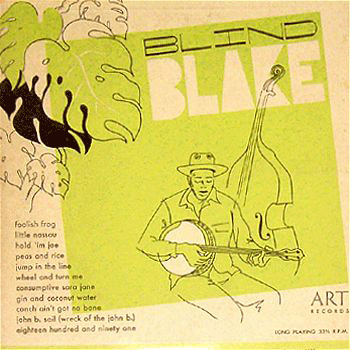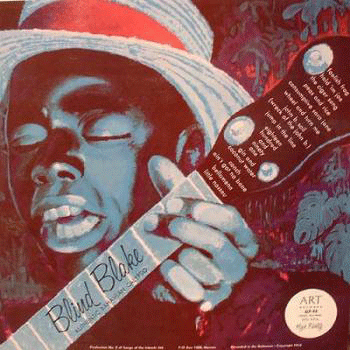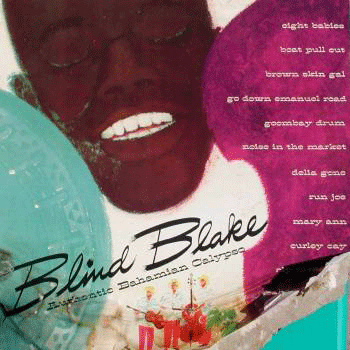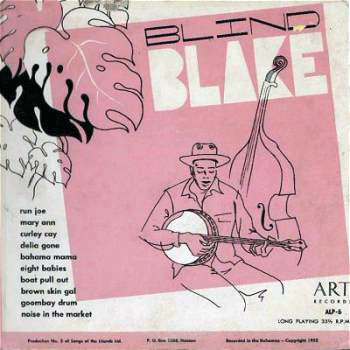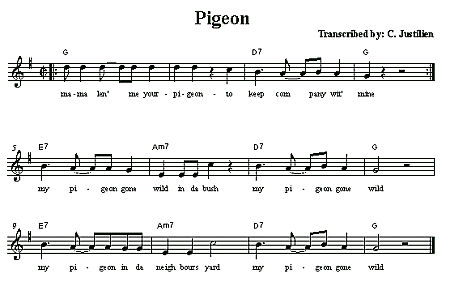The music of Blind Blake reflects what was going on in popular music in the United States and the UK fused with goombay rhythms that was being played by the popular musicians in the Bahamas. The versatility of Blake was boundless in the many styles that he performed and recorded during his musical career. I will present two varied styles of this Bahamian giant and his interpretation of them.
The first will be eight babies, which is representative of the European influence in The Bahamas. There are very few songs performed or recorded in 3/4 meter, however, Blake's performance of this island tune is very innovative in marrying the story-telling style of calypso and the musical/dance style known as the waltz. The waltz has a strong beat that propels from beats one followed by two lighter beats on beats two and three.
Developed in Central Europe from a dance known as landler, the waltz is a dance favored by couples. Locked in an embrace, polite society once frowned on this most intimate dance in the early 1800's. Before reaching The Bahamas, the waltz was popularized by composers such as Johann Strauss the elder and Strauss the younger, known as the waltz kings. Their style was called the Viennese waltz and was quite rapid.
Other types of waltz was the boston and the Creole waltz of South America. Speeds would vary from very slow to quick tempos depending on the preference of the composer. The tempo utilized by Blake is one that is medium slow, and provide an interesting story line which is typical in calypso music. The introduction makes good use of the male voices singing in a rubato style, which sets up the verse section for Blake to tell his story. The song a simple verse chorus with the A section (verse) repeating four times followed by the B section (chorus) which is repeated twice.
